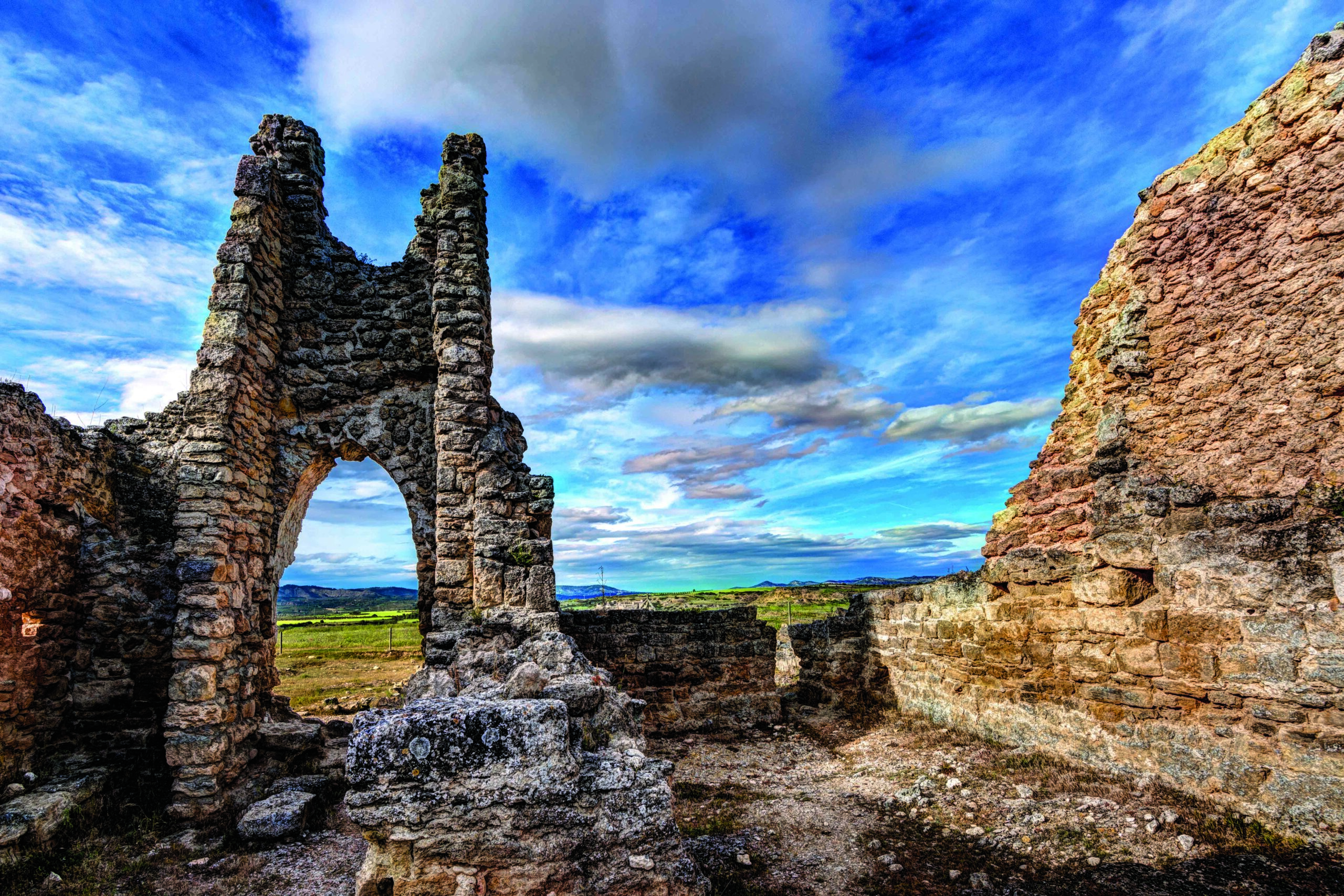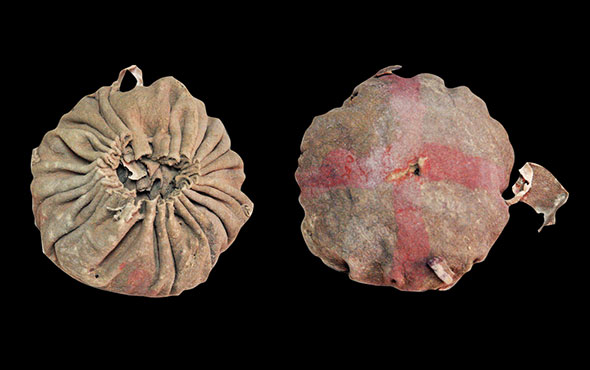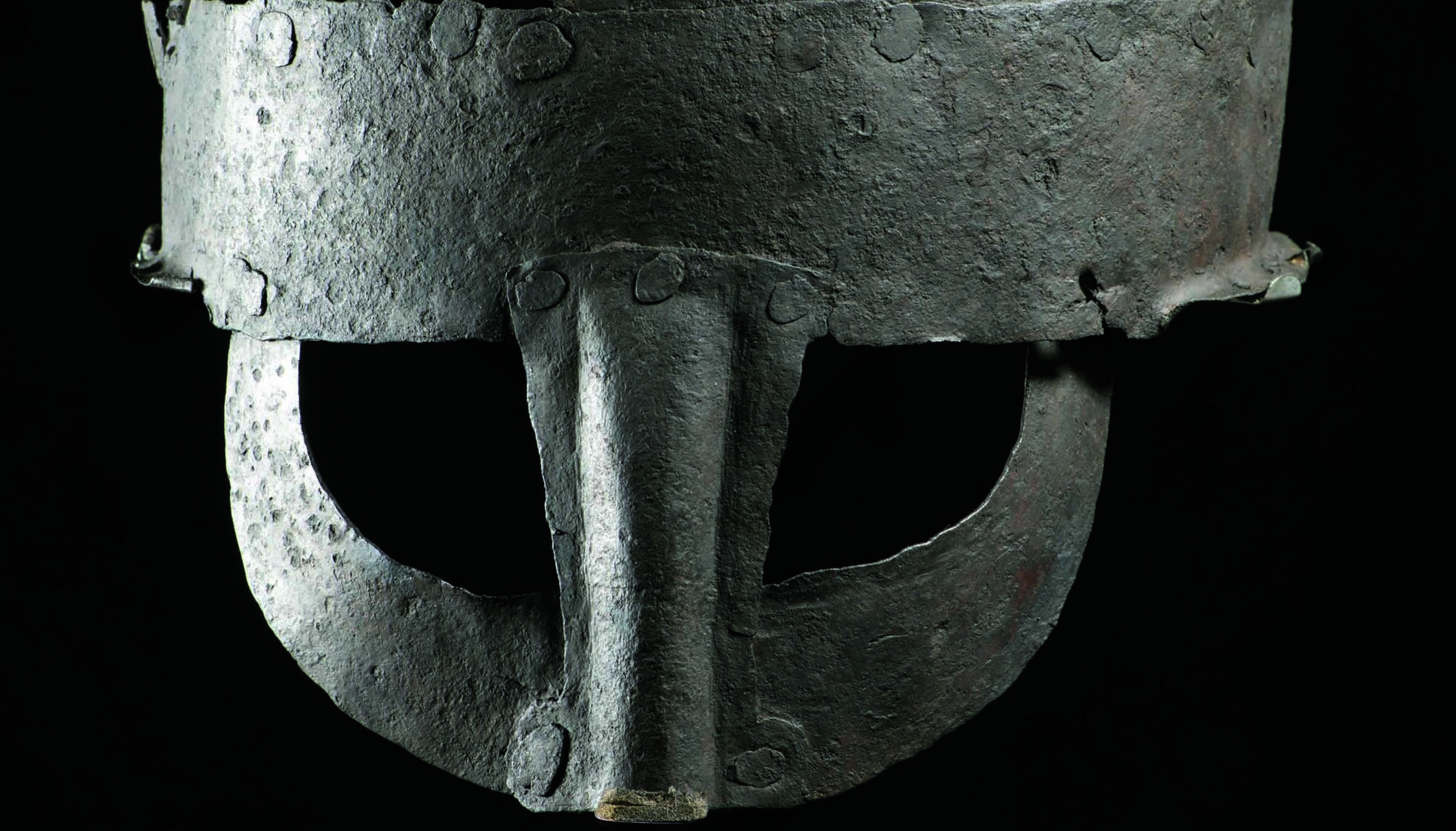
LEIDEN, NETHERLANDS—Gizmodo reports that Sarah Klassen of the University of Leiden and Alison Carter of the University of Oregon employed recent lidar surveys, excavation data, radiocarbon dates, historical documents, and a machine learning algorithm to estimate the population of Angkor Wat, the capital of Cambodia’s Khmer Empire from the ninth to the fifteenth century A.D. The lidar survey revealed mounds otherwise concealed by heavy vegetation. The researchers estimated that five people lived in a dwelling built on each mound, based upon the excavation of similar mounds surrounding the temple at Angkor Wat. Dating the mounds allowed the scientists to estimate population density and growth over time. “I was amazed by the level of chronological and geographic demographic detail we were able to achieve by combining all these different datasets into a cohesive framework,” Klassen said. At its peak in the thirteenth century, the researchers estimate between 700,000 and 900,000 people lived in the greater Angkor region. “It was amazing to see that the downtown part of Angkor didn’t get to its most dense occupation until the later periods,” Carter said. To read about an important Buddhist pilgrimage center in the Khmer Empire about 50 miles from Angkor, go to "Off the Grid: Preah Khan of Kompong Svay, Cambodia."










